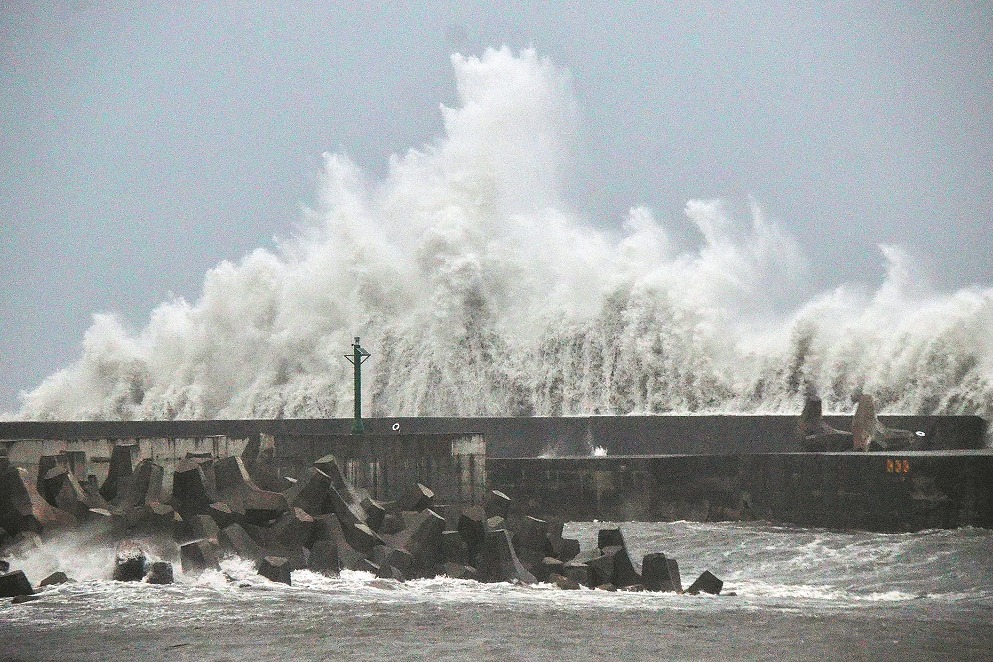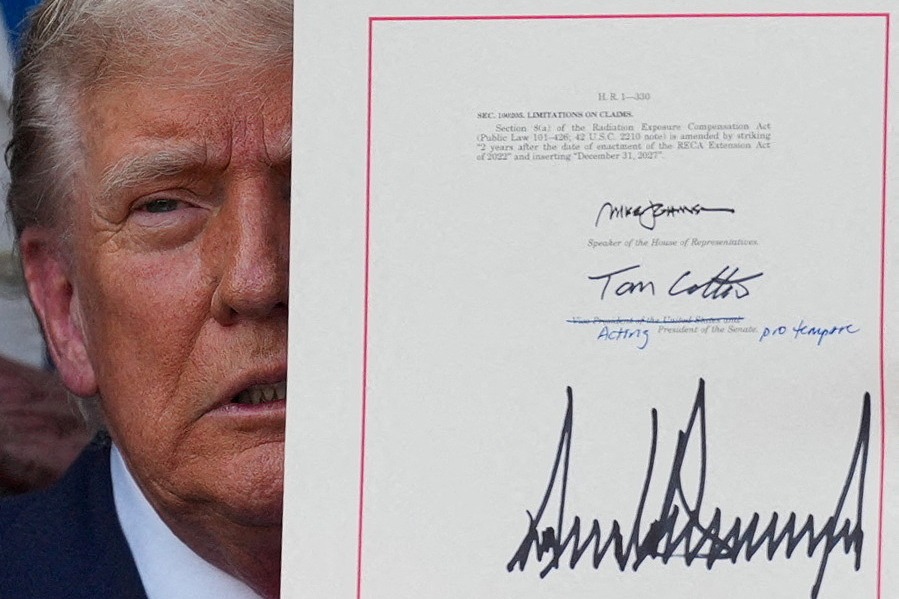DELIGHTS at NIGHT & DAWN
Stargazing and chasing comet Neowise provide fun

"The last time a comet visible to the naked eye appeared in the northern hemisphere was the Hale-Bopp comet 23 years ago. I was preparing for the college entrance examination, and I didn't have the chance to see it in person. This time, the comet Neowise, number C/2020 F3, is very unexpected. No one thought that it could increase to the brightness of a magnitude 1 star. Now it is the new favorite of our star chasers," says astronomy enthusiast Li Peng.
In order to avoid the interference of city lights and better observe the comet Neowise, Li and his friends drove 500 kilometers from Beijing to the Ulan Butong grassland of Inner Mongolia to take pictures. A celebrity in Beijing's astronomical circle, Li has devoted himself to astronomical science for a long time and always pays attention to important astronomical phenomena.
On March 27, comet Neowise was discovered by NASA's wide-area infrared survey satellite, and was named after its exploration mission "Neowise".
At that time, its brightness was only about magnitude 18, about 300 million kilometers away from the sun, and about 250 million kilometers away from the Earth. The comet number is C/2020 F3, in which C means it is a long-period or aperiodic comet, and 2020 F3 means that it is the third comet discovered in the second half of March 2020.
This comet is visible to the naked eye throughout July and will quickly disappear, grabbing the world's attention, especially that of astronomers and star chasers around the world. In Li's view, although comet Neowise could not be as brilliant and eye-catching as comet Hale-Bopp back then, it is extremely rare to be visible.
The now-famous comet Neowise was actually a little "transparent" when it was first discovered. As it gets closer and closer to the sun, it gets brighter, and it is close to magnitude 6 in brightness in early June. But when it traveled to the back of the sun, the comet disappeared from people's vision. It wasn't until half a month later that it once again appeared, at which time its brightness had reached magnitude 2.5.
In just over half a month, its brightness increased about 100 times. Why does the brightness change drastically? In fact, the main reason is the distance between the comet and the sun.
The comet can be seen by us because it reflects the sunlight. On the one hand, as the comet approaches the sun, the intensity of the sun's light continues to increase, so it looks brighter and brighter. On July 3, Neowise reached perihelion, only about 43 million kilometers away from the sun, so it would shine.
On the other hand, the comet continues to accelerate, causing dust tails to stretch longer. Therefore, when the comet gets closer to the sun, it looks brighter. The energy of the sun heats the comet, and gas and dust erupt from the surface of the comet, forming a huge dust tail, usually in yellow. At the same time, the comet produces a stream of charged particles under the action of the solar wind, forming an ion tail, which is generally blue.
In mid-to-late July, due to the orbital movement, the majority of star chasers have a higher probability of seeing this comet in the evening and dawn. In order to observe it more before it gradually moves away, Li drove to Inner Mongolia three times in a week, persistently recording its dreamlike light with a camera. According to the calculations of some star chasers, the next time we see this comet from Earth will be in 6,800 years.


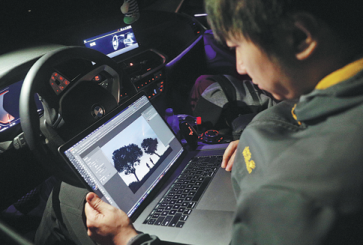
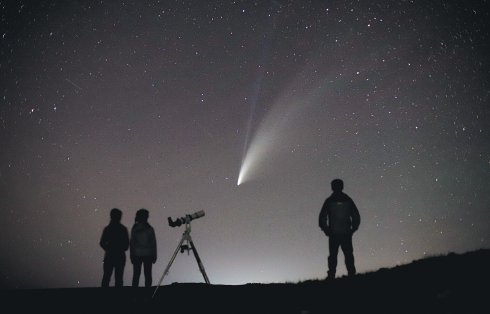
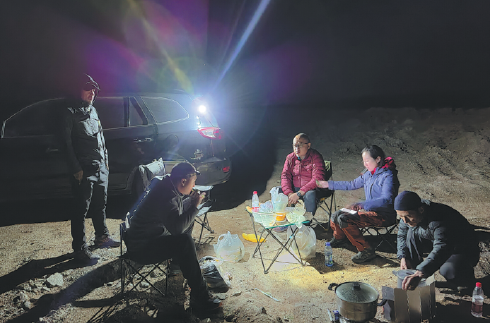

Today's Top News
- China's data industry more than doubles in market size during 2021-2025 period
- Loan subsidies set to boost consumption
- Young people redefining summer tourism
- Protectionist's paradox could revitalize WTO
- Anti-aggression spirit still inspiring today
- Momentum builds in A-share market




















